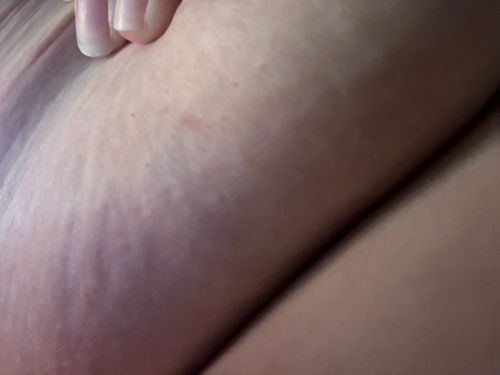Mosquito
Scientific Name: Various genera including Anopheles, Aedes, Culex
Order & Family: Order: Diptera, Family: Culicidae
Size: 3 mm to 9 mm (0.1 to 0.35 inches)

Natural Habitat
Mosquitoes are found globally, thriving in warm, humid environments. They require stagnant water for breeding, such as ponds, puddles, old tires, and clogged gutters.
Diet & Feeding
Female mosquitoes feed on blood, which they need for egg production. Male mosquitoes and, at times, females, feed on nectar and plant juices.
Behavior Patterns
Mosquitoes are most active during dawn and dusk, though some species bite during the day. Females are attracted to hosts by carbon dioxide, body odor, and heat. They lay eggs in stagnant water, and the larvae develop in water before emerging as adults.
Risks & Benefits
Risks: Mosquitoes are significant vectors for numerous diseases, including malaria, dengue fever, Zika virus, West Nile virus, and chikungunya, leading to millions of deaths annually. Their bites can also cause intensely itchy welts. Benefits: While primarily known for their negative impacts, mosquitoes play a role in ecosystems as a food source for various animals (fish, birds, bats, other insects) and as pollinators for some plants.
Identified on: 9/5/2025